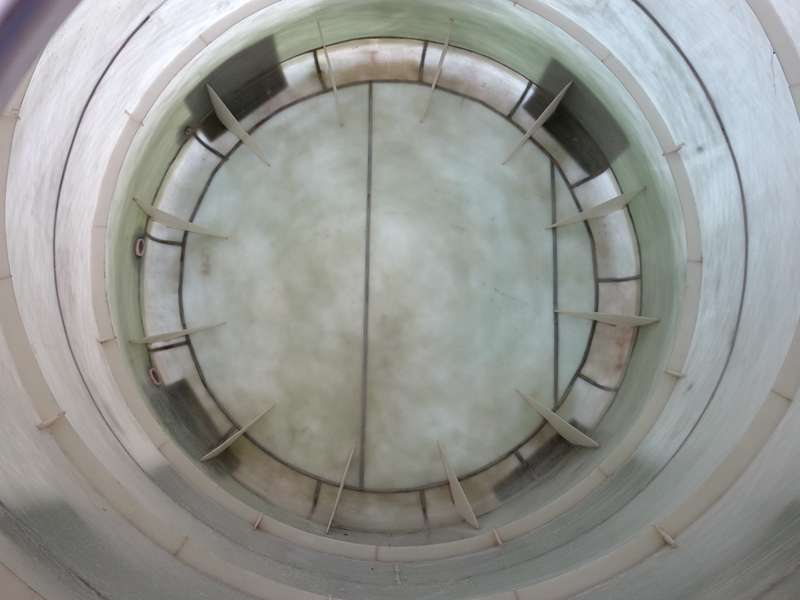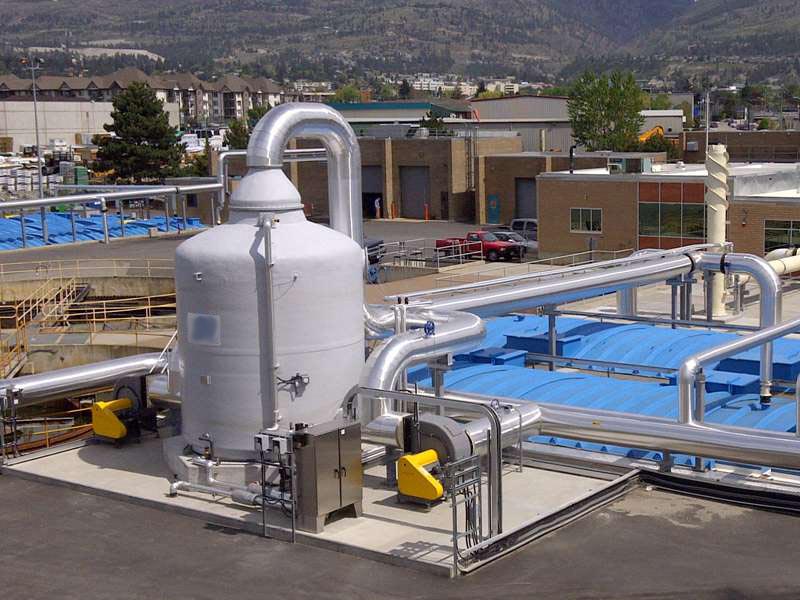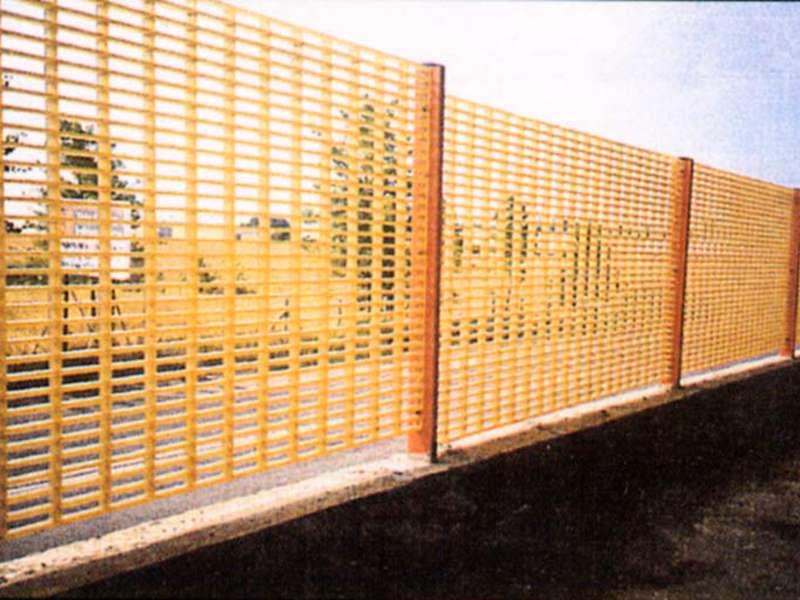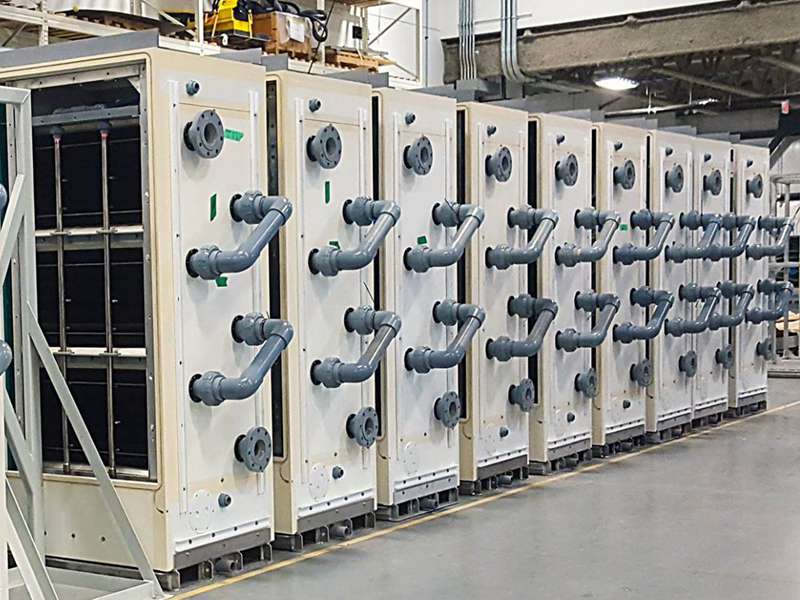
-
 Afrikaans
Afrikaans -
 Albanian
Albanian -
 Amharic
Amharic -
 Arabic
Arabic -
 Armenian
Armenian -
 Azerbaijani
Azerbaijani -
 Basque
Basque -
 Belarusian
Belarusian -
 Bengali
Bengali -
 Bosnian
Bosnian -
 Bulgarian
Bulgarian -
 Catalan
Catalan -
 Cebuano
Cebuano -
 China
China -
 China (Taiwan)
China (Taiwan) -
 Corsican
Corsican -
 Croatian
Croatian -
 Czech
Czech -
 Danish
Danish -
 Dutch
Dutch -
 English
English -
 Esperanto
Esperanto -
 Estonian
Estonian -
 Finnish
Finnish -
 French
French -
 Frisian
Frisian -
 Galician
Galician -
 Georgian
Georgian -
 German
German -
 Greek
Greek -
 Gujarati
Gujarati -
 Haitian Creole
Haitian Creole -
 hausa
hausa -
 hawaiian
hawaiian -
 Hebrew
Hebrew -
 Hindi
Hindi -
 Miao
Miao -
 Hungarian
Hungarian -
 Icelandic
Icelandic -
 igbo
igbo -
 Indonesian
Indonesian -
 irish
irish -
 Italian
Italian -
 Japanese
Japanese -
 Javanese
Javanese -
 Kannada
Kannada -
 kazakh
kazakh -
 Khmer
Khmer -
 Rwandese
Rwandese -
 Korean
Korean -
 Kurdish
Kurdish -
 Kyrgyz
Kyrgyz -
 Lao
Lao -
 Latin
Latin -
 Latvian
Latvian -
 Lithuanian
Lithuanian -
 Luxembourgish
Luxembourgish -
 Macedonian
Macedonian -
 Malgashi
Malgashi -
 Malay
Malay -
 Malayalam
Malayalam -
 Maltese
Maltese -
 Maori
Maori -
 Marathi
Marathi -
 Mongolian
Mongolian -
 Myanmar
Myanmar -
 Nepali
Nepali -
 Norwegian
Norwegian -
 Norwegian
Norwegian -
 Occitan
Occitan -
 Pashto
Pashto -
 Persian
Persian -
 Polish
Polish -
 Portuguese
Portuguese -
 Punjabi
Punjabi -
 Romanian
Romanian -
 Russian
Russian -
 Samoan
Samoan -
 Scottish Gaelic
Scottish Gaelic -
 Serbian
Serbian -
 Sesotho
Sesotho -
 Shona
Shona -
 Sindhi
Sindhi -
 Sinhala
Sinhala -
 Slovak
Slovak -
 Slovenian
Slovenian -
 Somali
Somali -
 Spanish
Spanish -
 Sundanese
Sundanese -
 Swahili
Swahili -
 Swedish
Swedish -
 Tagalog
Tagalog -
 Tajik
Tajik -
 Tamil
Tamil -
 Tatar
Tatar -
 Telugu
Telugu -
 Thai
Thai -
 Turkish
Turkish -
 Turkmen
Turkmen -
 Ukrainian
Ukrainian -
 Urdu
Urdu -
 Uighur
Uighur -
 Uzbek
Uzbek -
 Vietnamese
Vietnamese -
 Welsh
Welsh -
 Bantu
Bantu -
 Yiddish
Yiddish -
 Yoruba
Yoruba -
 Zulu
Zulu
Odor Control Systems with GRP Duct & Fiberglass Clarifier Solutions
- Introduction to Advanced Odor Control Solutions
- Technical Advantages of Modern GRP Duct Systems
- Efficiency Metrics of Fiberglass Clarifier Systems
- Comparative Analysis of Leading System Providers
- Tailored Solutions for Diverse Industrial Needs
- Real-World Applications and Performance Data
- Future Trends in Odor and Water Treatment Systems
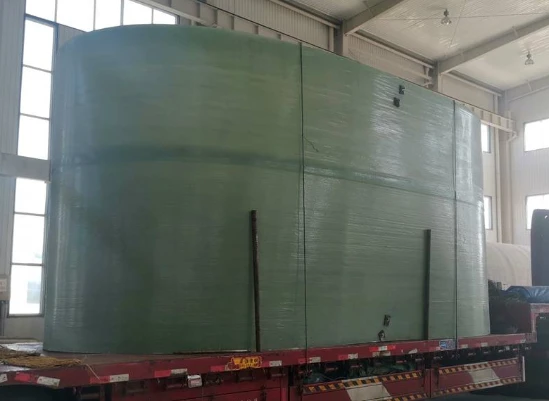
(ordor control system)
Advanced Odor Control System Solutions for Industrial Efficiency
Modern industries face increasing pressure to address environmental concerns, particularly odor emissions and wastewater management. An odor control system integrated with GRP duct systems and fiberglass clarifier systems offers a comprehensive approach to mitigate pollutants while enhancing operational efficiency. These systems are engineered to handle high-capacity airflow, corrosive gases, and suspended solids, ensuring compliance with stringent environmental regulations.
Technical Advantages of GRP Duct Systems
GRP (Glass Reinforced Plastic) duct systems excel in durability and chemical resistance, making them ideal for harsh industrial environments. Key benefits include:
- Corrosion resistance up to 5x longer lifespan compared to traditional metal ducts.
- Lightweight design reducing installation costs by 30–40%.
- Customizable diameters (0.5m to 4m) to accommodate varying airflow requirements.
Efficiency Metrics of Fiberglass Clarifier Systems
Fiberglass clarifier systems optimize water treatment by removing 95–98% of suspended solids. These systems leverage high-strength fiberglass materials to achieve:
- Operational efficiency gains of 25% through reduced energy consumption.
- Maintenance intervals extended to 18–24 months, versus 6–12 months for steel alternatives.
- Adaptability to pH ranges of 2–12, ensuring compatibility with diverse wastewater types.
Vendor Comparison: Key Performance Indicators
| Vendor | System Type | Cost Efficiency | Maintenance Frequency | Efficiency Rate |
|---|---|---|---|---|
| Vendor A | GRP Duct + Clarifier | $$$ | 18 months | 97% |
| Vendor B | Fiberglass Clarifier Only | $$ | 12 months | 94% |
| Vendor C | Standard Metal Duct System | $ | 6 months | 88% |
Customized Solutions for Industry-Specific Challenges
Tailored odor control systems are critical for industries like wastewater treatment, food processing, and chemical manufacturing. Customization options include:
- Modular designs for scalable airflow capacity (1,000–50,000 CFM).
- Hybrid systems combining GRP ducts with bio-scrubbers or activated carbon filters.
- IoT-enabled monitoring for real-time adjustments to odor thresholds.
Case Study: Municipal Wastewater Treatment Plant
A municipal plant reduced hydrogen sulfide emissions by 92% after installing an integrated odor control system. The project involved:
- Deployment of 1.2km GRP ducting with a 98% corrosion resistance rating.
- Two fiberglass clarifiers processing 500m³/hour of wastewater.
- ROI achieved within 2.3 years via reduced penalties and operational downtime.
Innovations Shaping the Future of Odor Control Systems
The integration of AI-driven analytics and advanced materials like graphene-enhanced fiberglass is revolutionizing odor and water treatment. Emerging trends include:
- Predictive maintenance algorithms cutting downtime by 40%.
- Solar-powered GRP duct systems reducing carbon footprints by 15–20%.
- Global market growth projections of 6.8% CAGR (2023–2030) for odor control systems.
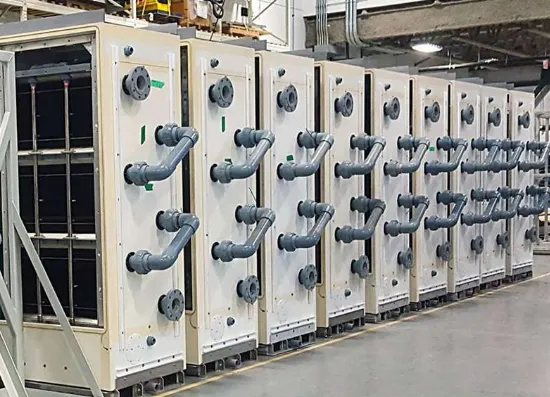
(ordor control system)
FAQS on ordor control system
Q: What is the primary function of an ordor control system?
A: An ordor control system eliminates harmful or unpleasant odors from industrial or wastewater environments. It uses filtration, chemical treatment, or bio-scrubbing to neutralize odor-causing compounds. This ensures compliance with air quality regulations.
Q: How does a GRP duct system enhance ordor control systems?
A: GRP (Glass Reinforced Plastic) duct systems provide corrosion-resistant and lightweight airflow channels for ordor control systems. Their durability ensures long-term performance in harsh environments. They also minimize maintenance costs compared to traditional metal ducts.
Q: Why choose a fiberglass clarifier system for water treatment?
A: Fiberglass clarifier systems offer high resistance to chemicals and corrosion, ideal for wastewater treatment. Their modular design allows efficient solid-liquid separation and easy installation. This ensures cost-effective and reliable water purification processes.
Q: Can ordor control systems integrate with solid waste management?
A: Yes, ordor control systems often work alongside solid waste processing units to manage emissions. Technologies like biofilters or activated carbon traps target volatile organic compounds (VOCs). This integration reduces environmental impact and health risks.
Q: What industries benefit from GRP duct and fiberglass clarifier systems?
A: Industries like wastewater treatment, chemical manufacturing, and food processing use these systems. GRP ducts handle corrosive gases, while fiberglass clarifiers optimize water treatment efficiency. Together, they ensure sustainable and compliant operations.
Latest news
-
Other Products: Explore Our Diverse RangeNewsAug.07,2025
-
High-Efficiency Fans, Dampers & Demisters | Custom SolutionsNewsAug.06,2025
-
Precision Mandrels and Molds - Engineered SolutionsNewsAug.04,2025
-
Dual Laminate Products | Superior Corrosion ResistanceNewsAug.03,2025
-
Large Size Field Tanks with AI-Powered EfficiencyNewsAug.01,2025
-
Steps: Simple Solutions for Every ProcessNewsJul.30,2025


